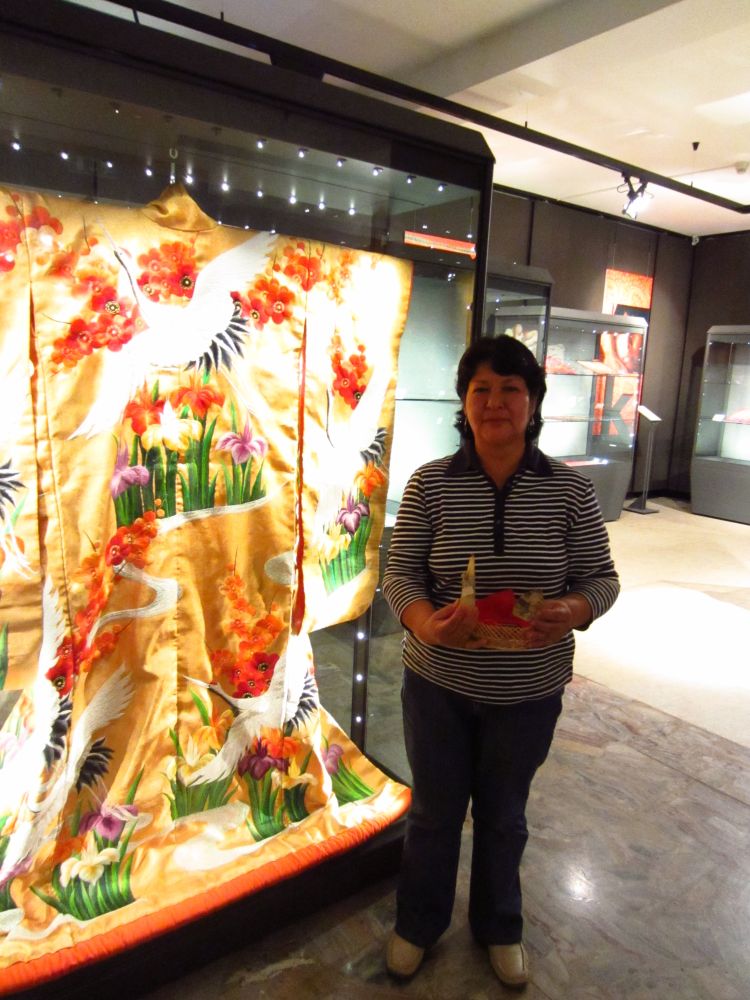Project Description
TAM TAM – THE MUSEUM FOR ALL
Museum of People and Cultures, Pontifical Institute for Foreign Missions, Milan, 2011-2012
Initiating a dialogue between museum objects and “objects of affection” is a powerful vehicle not only to promote a growing familiarity between audiences and collections, but also to create a new circularity between History and stories – ultimately turning the museum into “an intimate place, where profound reflections may be exhanged, and objects acquire new meanings”.
Through “TAM TAM”, the Museum of Peoples and Cultures rose to this challenge by triggering a conversation between artefacts and the knowledge systems, life experiences and emotions of individuals (not only project participants, but also museum staff, educators and mediators) with different cultural and social backgrounds.
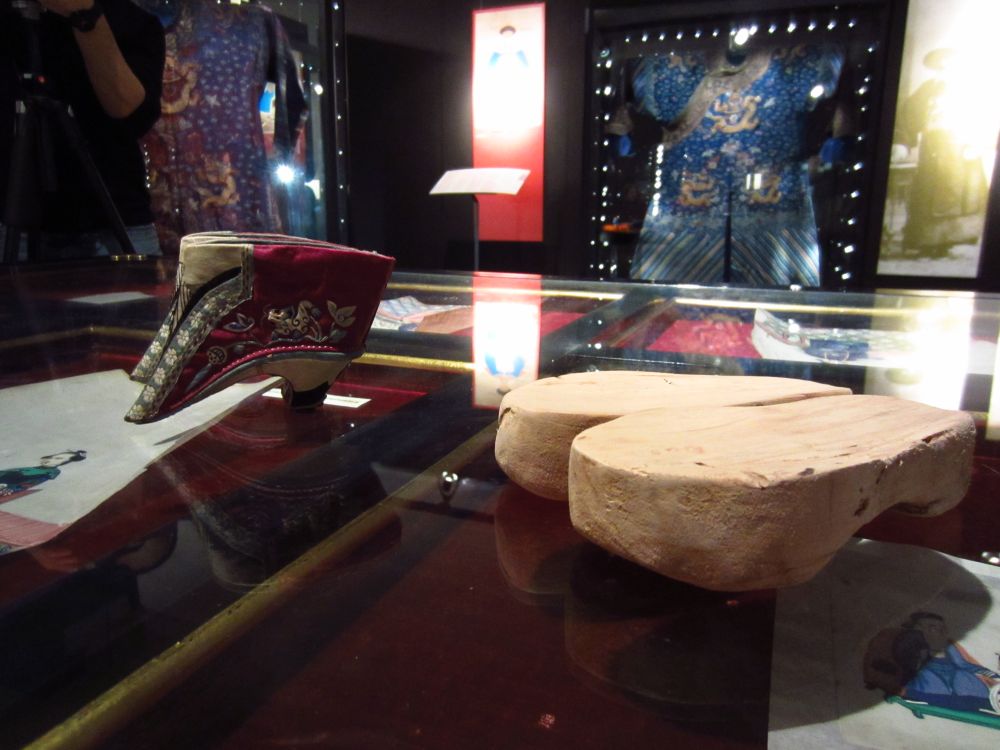
Photo by Simona Bodo
The project takes the cue from the idea that museum objects, however distant and “precious” they may appear, have stories to tell which are not only fascinating, but also relevant to our life experience, and therefore a vital dialogue may be established between them and the “biography” of personal, everyday objects.
The narrative trails, developed in pairs by museum educators and mediators with an immigrant background, and addressed to small groups of 10-12 participants, are meant to shed new light on the richness of potential “narratives” hidden in the collections (for example, the Burmese “frogs drum” is connected with the theme of daily labour in rural culture, but also with the ability to capture the essence of things), as well as to provide participants with suggestions on how to select their own object, and find out about possible connections with the artefacts on display (for example, the tiny shoes of upper class Chinese ladies and the wooden clogs made by one of the storytellers’ grandfather share the same story of beauty and pain, although at first glance they may seem worlds apart).
“TAM TAM” is a project promoted and developed by the Museum of Peoples and Cultures (Massimo Casaro, Lara Fornasini and Paola Rampoldi) and Fondazione Ismu (Simona Bodo and Silvia Mascheroni), with the substantial support of Maria Grazia Panigada as storytelling expert.
The integral texts of the stories are published in S. Bodo, S. Mascheroni, M. G. Panigada (eds.), Un patrimonio di storie. La narrazione nei musei, una risorsa per la cittadinanza culturale (Mimesis Edizioni, 2016).
Watch the dialogue between Francesca Cambielli (the ornaments of Lambadi women, India, 20th century) and Rosana Gornati (Brazilian necklaces)
Watch the dialogue between Rosana Gornati (“Frogs drums”, Myanmar, 18th century) and Francesca Cambielli (the tale of grandmother Marcellina about her childhood as a rice weeder)
Watch the dialogue between Connie Castro (Gabay) and Isabel Ciceri (Shiva Nataraja, India, 19th century)
Watch the dialogue between Isabel Ciceri (House of the Spirits, Thailand, 20th century) and Connie Castro (Ifugao traditional houses and dance)
Watch Elda’s story on the museum’s Chinese shoes and her wooden clogs
Watch Rosa’s story on the museum’s bridal kimono and her personal “objects of affection”
Extracts
Adorning the neck, one, two, sometimes three necklaces; made of silver, they are different from each other. Round and short, long and with pendants, given by one’s own mother or received from one’s own husband, they tell us about these women’s relationship with the persons they cared about the most, they explain who were their parents, who they belonged to. Five pounds: Lambadi women’s whole richness was carried on their own bodies. (Francesca Cambielli)I held on to the necklaces with feathers, shells and colourful seeds for fear of being absorbed by the Italian culture to the detriment of my Brazilian background. […]
In a way, I had to “unlearn” Portuguese to master the new language, and then let the two of them slowly come back to the surface, with the same importance and strength.
It’s as if, after having undone my necklaces, I had taken in my hand and carefully observed the seeds of the trees, the pau-brasil and the sibipiruna, the shells from the rivers, the straws, the multi-coloured feathers, the bamboo beads… in order to reassemble them again, one by one, and add some new ones. (Rosana Gornati)
Today I want to talk about my guardian angel, my Gabay.
It is with me always, its presence gives me strength because I know it will never leave me.
Migrating is an act of courage. Distance made me feel “unwhole”, far away from the place where I was born, without the affection of my loved ones. It was a critical time of my life, an experience of disruption. […]
Arriving in a country where everything was new made me feel vulnerable; I was full of hope, and yet scared, because I could sense the challenges ahead of me. In the process of transformation needed to adjust myself to this new life, three things in particular came to my aid: my character and bravery, which encouraged me to go on and face difficulties; some external conditions which turned out to be in my favour; but most of all, my faith, the faith in something bigger, that I can feel wherever I go, and wherever I am. (Connie Castro)Shiva stops and slowly opens up the palm of his right hand, turning it towards the suffering humankind: Abhaya-mudra, the gesture of reassurance and safety. “Don’t be afraid”, he seems to be saying, “because this is my cosmic duty: human beings, plants, animals, demons, even gods like me, we are all going to die; but we are going to become One again, like small drops go back to the ocean”.
His left hand seems to represent the trunk of the elephant, Gaja-hasta-mudra, ancient symbol of wisdom, and points to Apsamara, the demon of ignorance, trampled by his strong heel. With his lifted leg, he seems to invite humankind to take shelter under the great umbrella of his protection. And the dance goes on… (Isabel Ciceri)
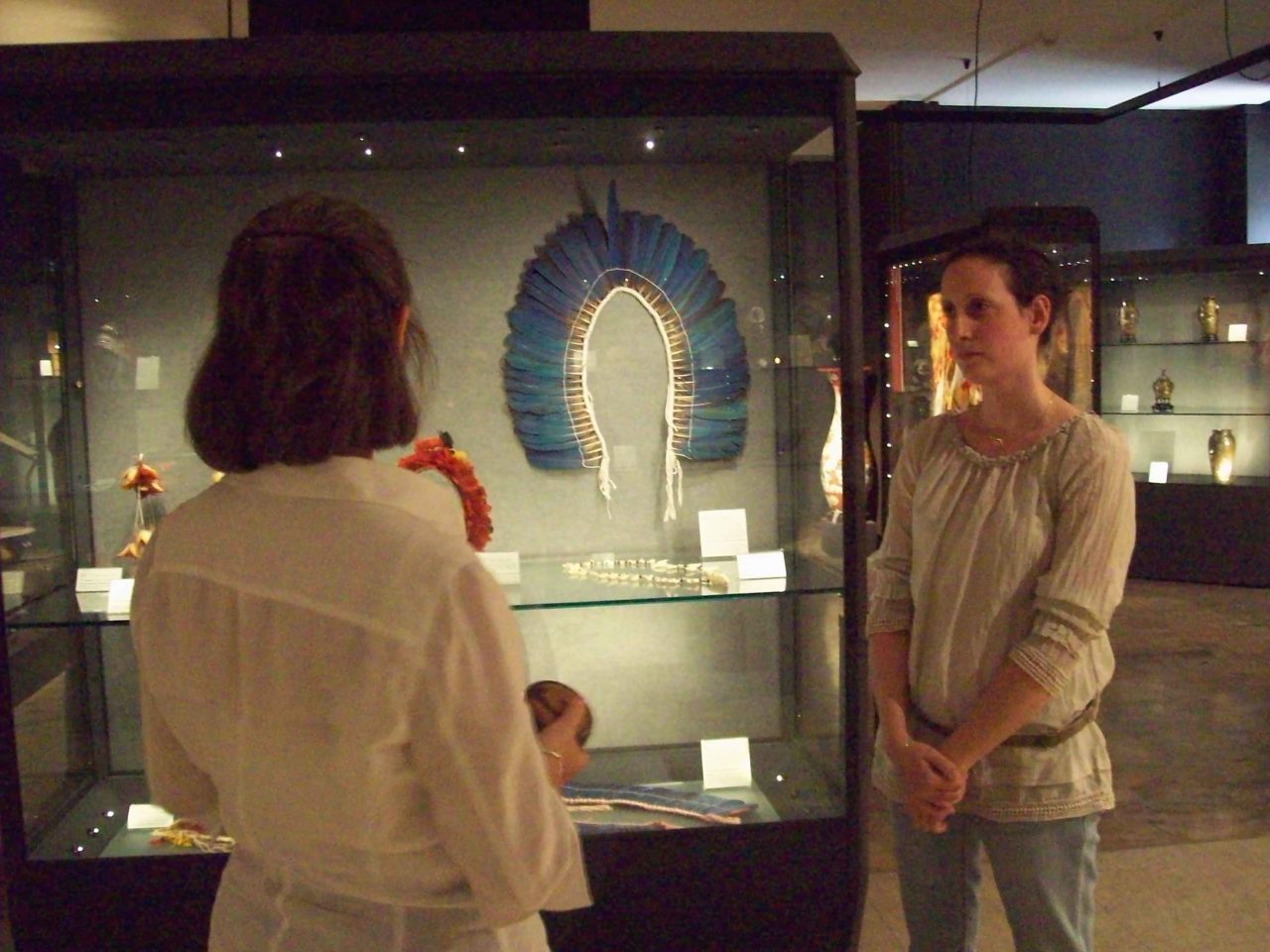
Photo by Simona Bodo
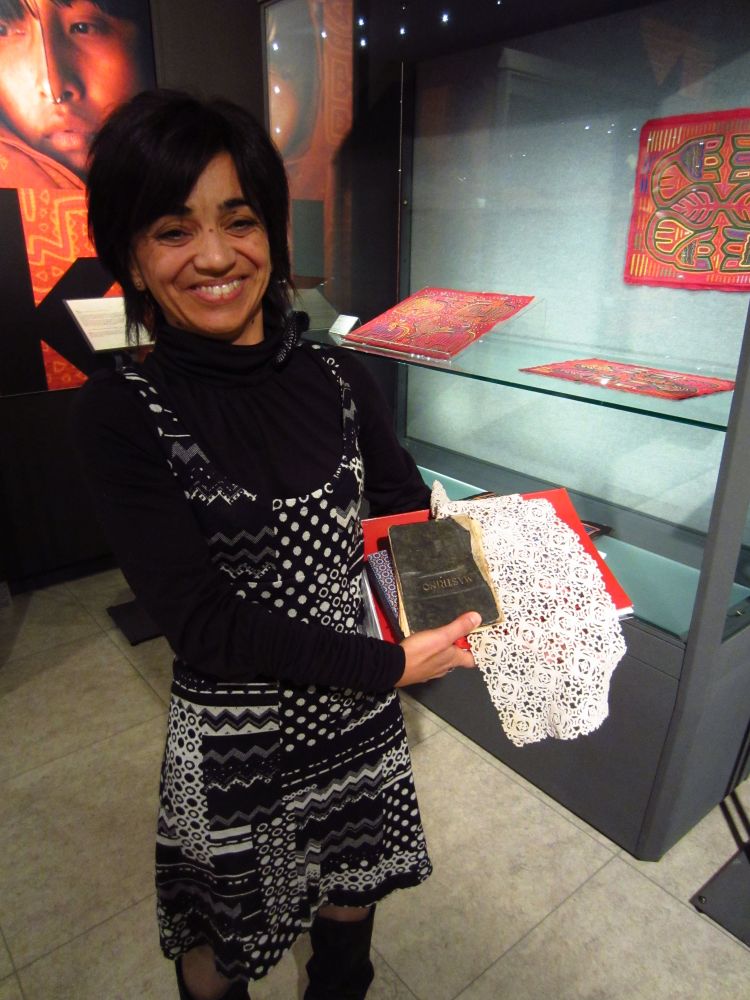
Archive photo
Photo by Simona Bodo
